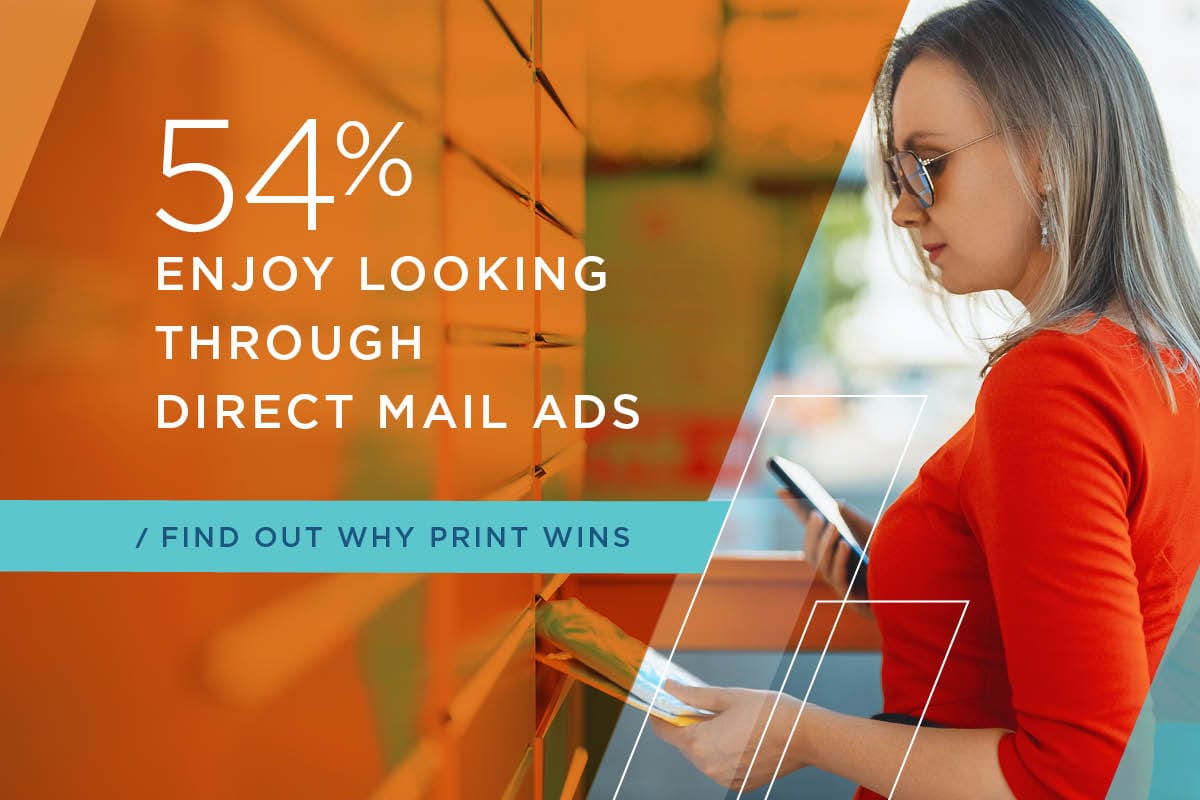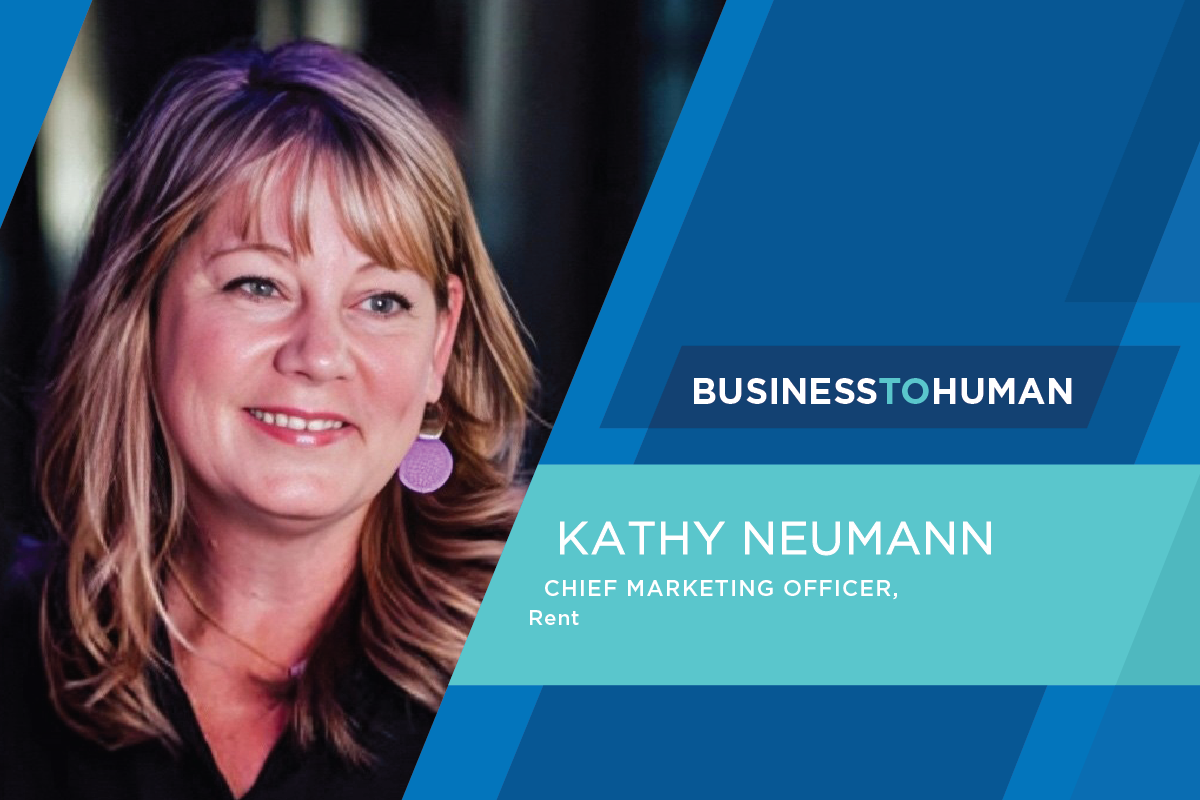Summary
In a recent Nielsen CMO Report, 76 percent of respondents said customer loyalty campaign objectives were extremely or very important.
It’s not unusual to wrestle with marketing budgets and the value of loyalty marketing versus customer acquisition. Your best customers can often drive revenue quicker since they respond to your marketing and offers the fastest, while customer acquisition can be costly and more of a “long game” play. But even the most loyal customer’s love can wane.
In a recent Nielsen CMO Report, 76 percent of respondents said customer loyalty campaign objectives were extremely or very important.
It’s not unusual to wrestle with marketing budgets and the value of loyalty marketing versus customer acquisition. Your best customers can often drive revenue quicker since they respond to your marketing and offers the fastest, while customer acquisition can be costly and more of a “long game” play. But even the most loyal customer’s love can wane.
Here are some reasons you may want to focus on more than just loyalty marketing:
1. Your customer’s needs and wants are constantly changing
Today’s consumers are dynamic and constantly changing as they move throughout their day and their lives. Think of your own average day and how it changes from the morning as you get ready for work to the drive home at the end of the day and everything in between. And don’t forget the parents juggling jobs and their kids’ endless list of daily and after-school activities. On certain days, a home-cooked meal becomes a distant memory as you race through the drive-thru for dinner on the way home.
And, let’s not forget the different phases we all go through after graduating – finding our first real job, entering new relationships, starting families, having kids. Hopefully we retire with some sanity and energy left to enjoy the fruits of all that labor IF our savings and investments pan out.
The point is, we’re all constantly changing and the places we like to shop and eat at today, can and will look different tomorrow. And the companies that counted on their best customers as “customers for life” will find that group looks very different in the future.
2. Your customers are falling in and out of love with you
Sure, they love you today, but will they love you forever? Even your most loyal customers can be mesmerized by the newest shiny object. And if someone can make your customer’s experience better than you can, say by saving them time or money or zeroing in on something that’s important to them, that customer’s lovesick eyes quickly focus on the new kid in town and you won’t even get the breakup text.
3. Your competition is changing too
In addition to the ever-changing consumer, your competition is constantly changing. Who would have thought restaurants would have to worry about convenience stores, grocery stores’ ready-to-eat meals and mail order prepare-at-home meals capturing such a big share of consumer stomachs? Gone are the days where retailers specialize in one or a few things only. Today’s businesses are reaching for anything to drive revenue, even if it’s not part of their core business. Add to that the online marketplaces like Amazon that sell everything and you start to feel like all hope is lost.
4. The leaky bucket syndrome will eventually catch you, unless you keep customer acquisition at the forefront
To make sure you have more new customers coming in than leaving, a new customer acquisition strategy is a must. In fact, in the same Nielsen study mentioned earlier, a whopping 93 percent said customer acquisition was extremely or very important, making it the number one marketing objective. While this may seem pretty basic, it’s not unusual for a business to focus the majority of its time and resources on retention through loyalty and other programs while spending little time and effort on gaining new customers.
In the end, there’s a balance to any good marketing plan that should include both loyalty and acquisition strategies. While you should definitely take measures to keep your best customers loyal, make sure you invest the time, strategy and dollars into developing new customers.
You likely know what your best customers’ demographics look like and how they act. If not, partner with a company that specializes in defining them and in finding more of them (also known as “act-alikes”). And don’t forget the importance of developing an advertising mix and frequency that works best for you.
Your customer base is constantly changing. The companies that regularly focus on finding new customers will win in the end.



